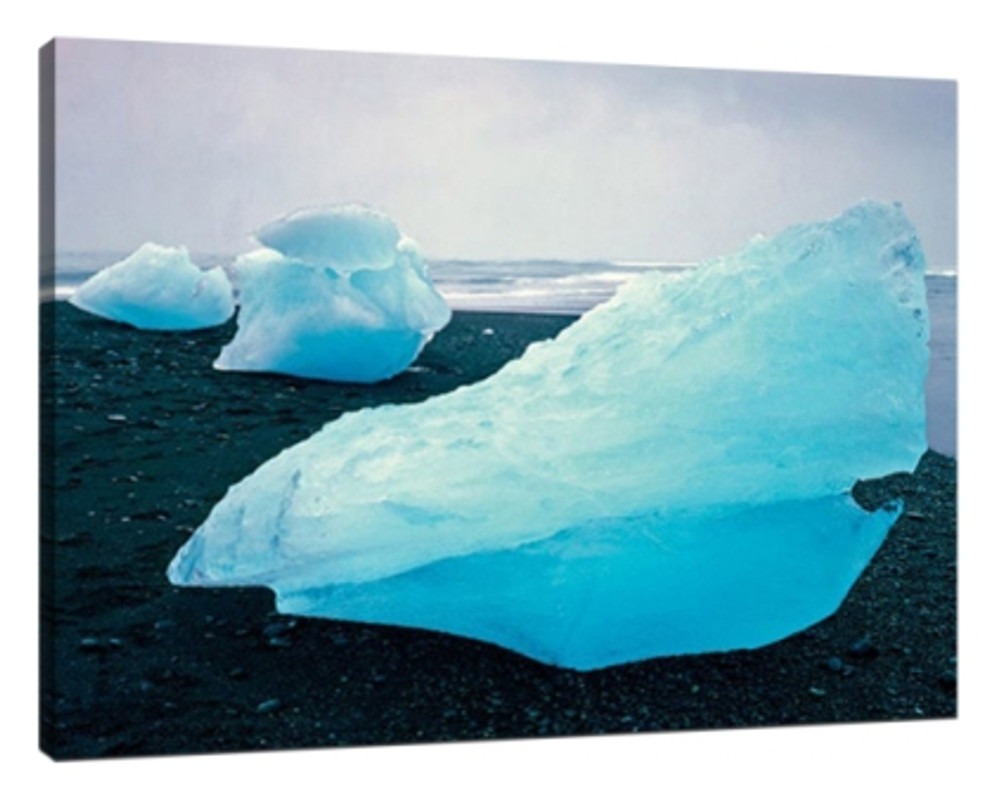Master photographer's landscape photography skills sharing
Break the expected
Travel photographers have to take pictures to tell people about cultures and peoples. Still, I often travel with my camera on my back, and most of my work is actually done abroad. The reason for going abroad is that it takes me a day or two to get into the "take in" mindset, and if I'm at home and busy with chores, I don't take the time to consciously adjust my mindset.
Sense of wonder
I enjoy traveling because I need to constantly feel the impact of new visual experiences. In other words, I need surprise, and traveling is a great way to get it. In a familiar environment, inevitably subject to the expected pattern, confined to the familiar and worry about the way of thinking and activities. Of course, this doesn't mean That I always go to strange places to shoot, I will also come back. While this may seem to conflict with the point I've just made, I do often take more interesting pictures when I revisit places.
Self-criticism in filming
No matter where you shoot, all landscape photography is a process to solve the problem of composition. In my opinion, constantly finding fault with your work is the best way to avoid complacency and falling into stereotypes! Of the 350 photos I take each year, only about 25 are truly satisfied. In two or three years, I'll probably be happy with only five of them -- or even fewer.
Keep an open mind
When I travel, I rarely plan my images in advance. Why spend a lot of time planning a photograph, figuring out when the lighting conditions in a place are optimal, and so on. I'd rather be open to possibilities anytime, anywhere. Planning for a long period of time only leads me to take unexpected pictures, so I tend to wait until I reach my destination to explore until I find a scene or scene that interests me.
I enjoyed photographing the unknown, because there I was free to express the view exactly as I wanted. If a site is photographed repeatedly, it is difficult to convey new information. In my opinion, the most important point of photography is to arouse the audience's emotion. As long as the images inspire a response, it doesn't matter where they are filmed.

Break the limits of light and environment
The key to travel photography is to find a harmonious balance between composition and light. In my opinion, the selection of the subject depends on the surrounding environment, and I only choose the scenery suitable for this condition regardless of the lighting conditions. I prefer to choose my subject according to the lighting conditions rather than trying to find a beautiful place and then waiting for the right light. As a result, I might end up with a scene only three feet wide, rather than a vast vista. However, if the main conditions are right for a long shot, you must take full advantage of the opportunity.
Another key point of travel photography is to open your mind and try to leave the photos taken by others behind you and treat each scene and object in a new way. If summer comes north of the Arctic Circle, it means I'm a night walker, because the best light is between 10 p.m. and 3 a.m. If I were in the desert in Namibia, it might mean looking for shadows, because shooting under reflected light is more fun and easier than shooting under direct light. Whatever technique I use, the key is to see the world through the eyes of a child, to appreciate the wonders of nature, and to capture them in as novel a way as possible.
The other side of the scene
One of the most compelling reasons a scene is presented in black and white is to create an "otherness" -- a distance from our general perception; it becomes less familiar. This will give your picture a greater emotional intensity. The colorful landscape photographs that fill magazines and calendars often portray the landscape in a gentle way, giving us the impression of an amusement park where we can safely come and go. There is a strong hint in the monochromatic photographs that there is another dimension to the landscape, as if we are as vulnerable to the forces of nature as any other creature in the scene, and we can easily be moved by a petals dripping wet or a spruce blowing in a storm. Although there is no atmosphere of danger in the scene, the black and white images make the viewer feel that this might be possible.
Recent Posts
-
Bring the Ocean Home: Queensland Great Barrier Reef Photos on Canvas Wall Art Prints
Australia’s Great Barrier Reef is one of the world’s most breathtaking natural wonders. Its kaleidos …16th Sep 2025 -
Capture the Beauty of Gold Coast with Photography on Canvas Prints
Why Choose Gold Coast Photography on Canvas Prints? Gold Coast is one of Australia’s most iconic des …16th Sep 2025 -
The Charm of Zebra Painting Art Prints: A Unique Touch for Your Home Décor
When it comes to adding a unique touch to your home décor, few things capture attention like zebra p …16th Sep 2025
